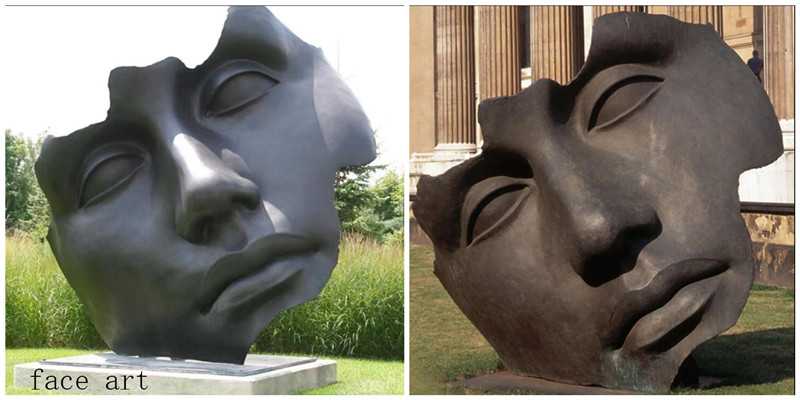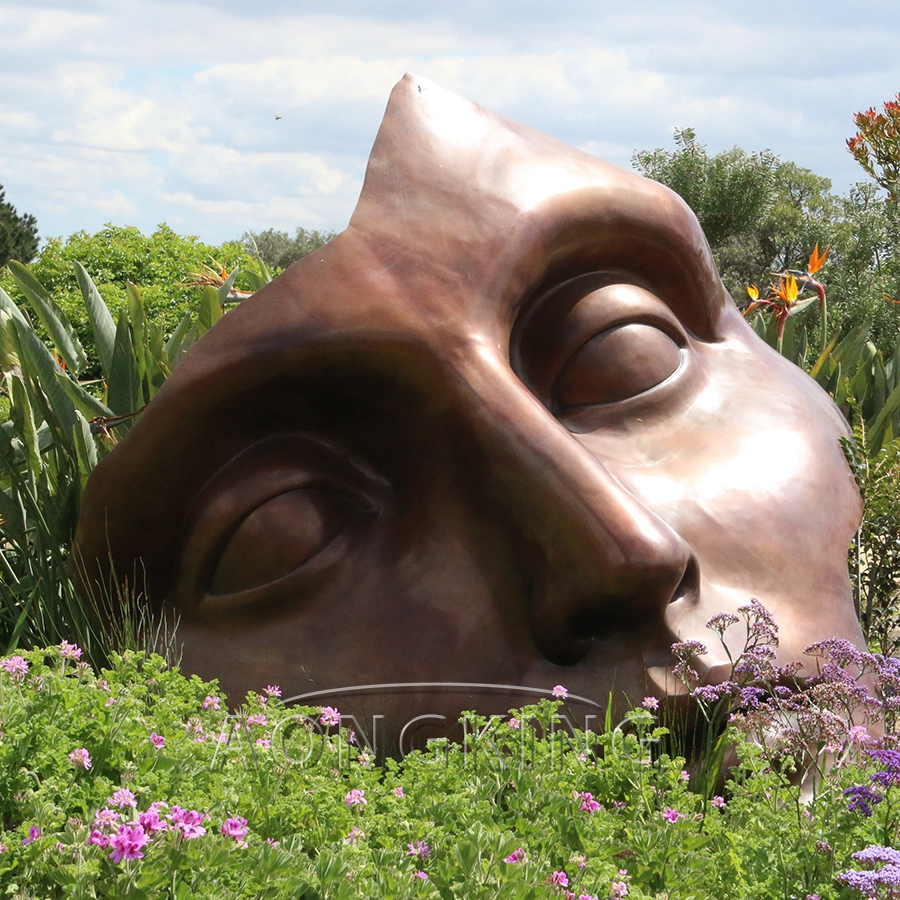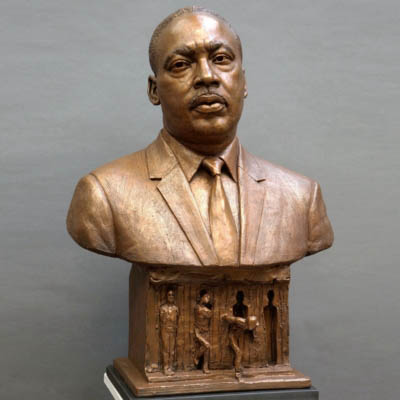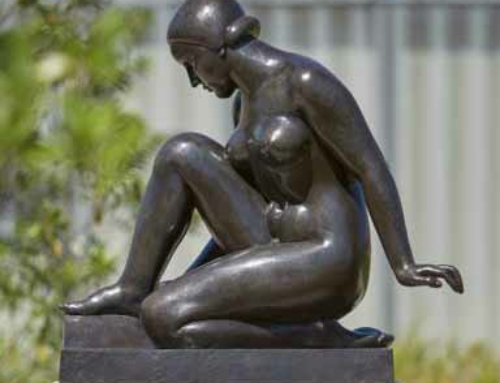What is the difference between face sculpture and bust sculpture?
Sculpture has been a venerable art form that has transcended time, capturing the essence of humanity through the creative manipulation of materials. Two significant subsets within this realm are face sculpture and bust sculpture, both of which revolve around the portrayal of the human countenance. While they share a common ground in their focus on facial features, these sculptural forms differ in their scope, purpose, and the techniques employed by artists.

Key Features of Face Sculpture:
1. Focus on Facial Features: Face sculptures emphasize the detailed representation of eyes, nose, mouth, and other facial components.
2. Expressive Emotions: Artists often aim to convey a range of emotions and expressions, providing a glimpse into the subject’s inner world.
3. Life-Like Realism: Face sculptures strive for a high level of realism, with meticulous attention to anatomical details to create a lifelike portrayal.
Key Features of Bust Sculpture:
1. Extended Composition: Bust sculptures encompass the head and upper torso, offering a more comprehensive representation of the subject.
2. Attention to Drapery and Attire: Since busts include part of the shoulders, artists may choose to incorporate clothing or drapery, adding an additional layer of complexity to the composition.
3. Symbolic or Narrative Elements: Bust sculptures may include symbolic elements or narrative details, providing insight into the subject’s identity, status, or historical context.

The difference between face sculpture and bust sculpture

Face sculpture often seeks to emphasize specific emotions, expressions, or unique features of the subject. It becomes a nuanced exploration of the subtleties that define an individual’s appearance and character. In contrast, bust sculpture serves a more comprehensive role, providing a detailed yet encompassing portrayal of the subject. It allows for a more profound exploration of identity, offering a fuller narrative that extends beyond mere facial expression.
Artistic techniques employed in creating face and bust sculptures differ in their focus and execution. Face sculptures demand meticulous attention to detail, with artists honing their skills to capture the curvature of lips, depth of eyes, and the contours of the nose. Precision is paramount to convey the subtle intricacies of expression. Bust sculptures, while requiring the same precision in facial features, demand additional mastery of broader sculpting techniques to represent the neck and shoulders realistically. An understanding of anatomy becomes crucial to achieving proportionality and lifelike representations.
Historically, both face and bust sculptures have played pivotal roles in various cultures. Face sculptures have been utilized to honor individuals, represent deities, or preserve the likeness of influential figures. Meanwhile, bust sculptures, with their broader perspective, have also served as enduring symbols of cultural and historical significance, memorializing leaders, scholars, and notable personalities.
Both face sculpture and bust sculpture share common decorative significance in their ability to capture and convey the essence of the human form. These artistic expressions serve as timeless representations of the beauty, emotions, and character inherent in individuals. Whether it’s a full-face sculpture or a bust focusing on the head and shoulders, both forms of art aim to encapsulate the intricacies of facial features, expressions, and the overall anatomy.
In essence, while face sculpture and bust sculpture share a common theme in their dedication to capturing the human form, they diverge in their focus, purpose, and the artistic techniques required. Together, they contribute to the rich tapestry of sculptural expression, each offering a unique lens through which to explore and appreciate the complexity of human identity and emotion. Aongking can custom any face or bust sculpture for you.
Face Sculpture and Bust Sculpture



















Leave A Comment